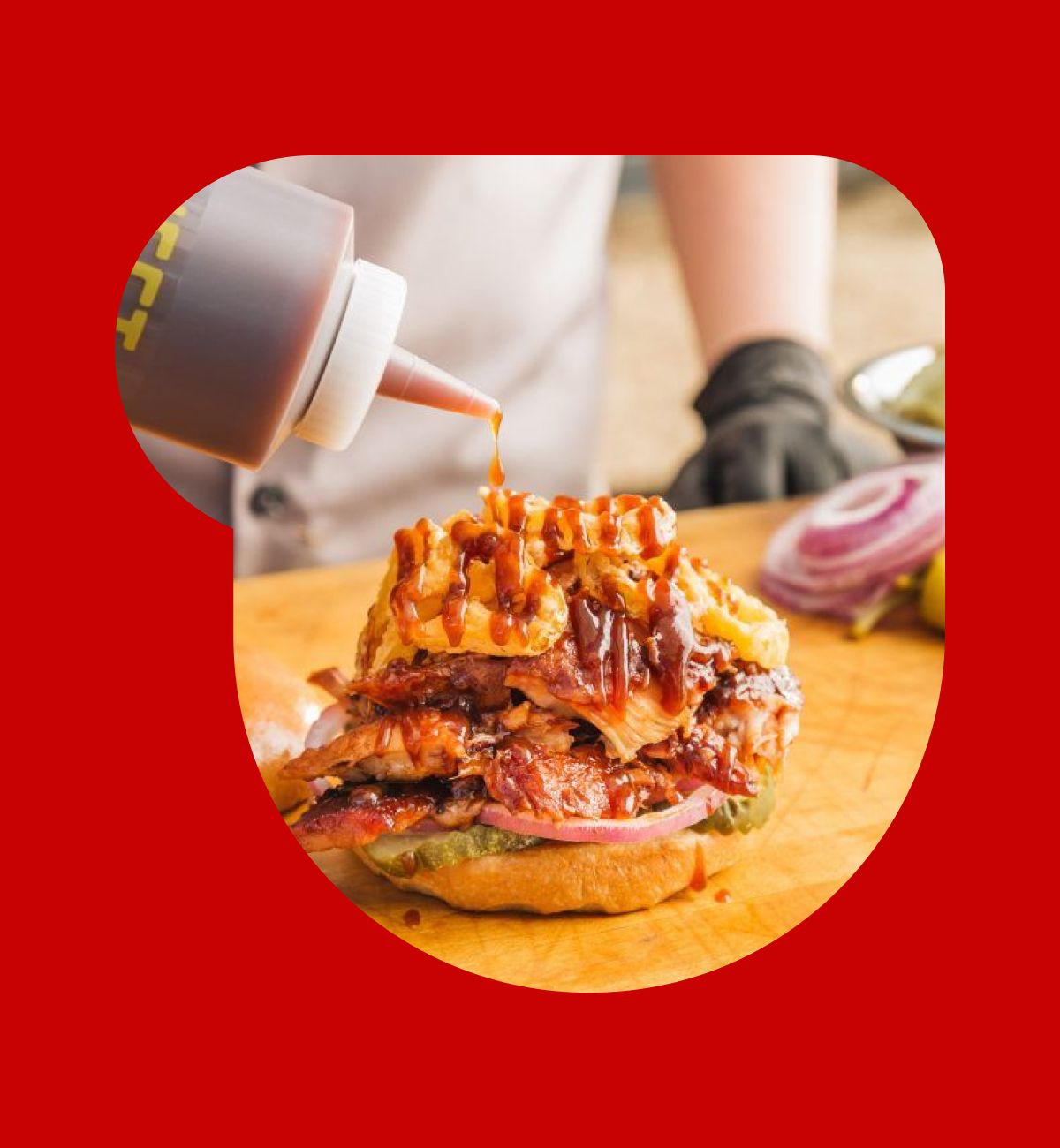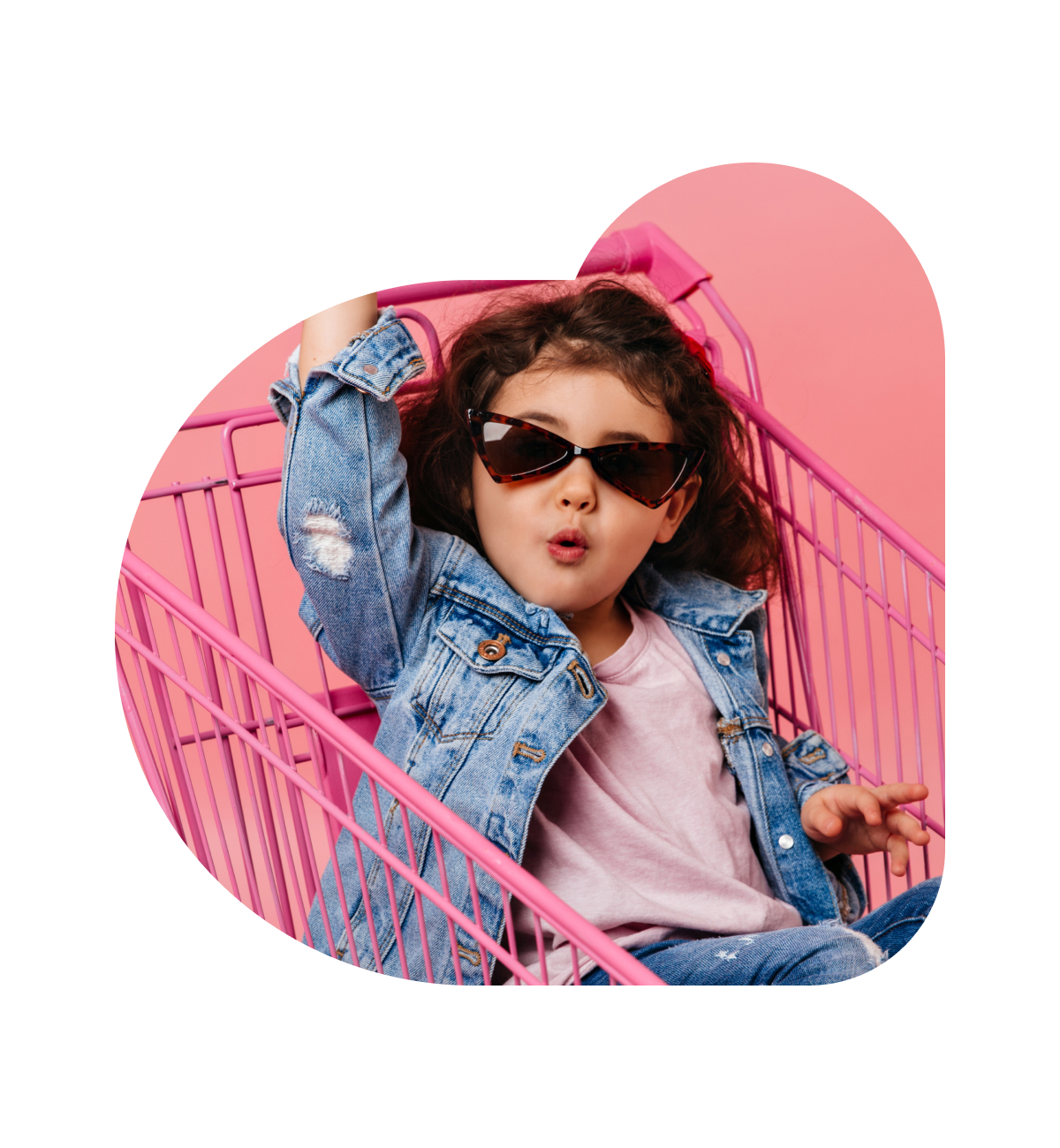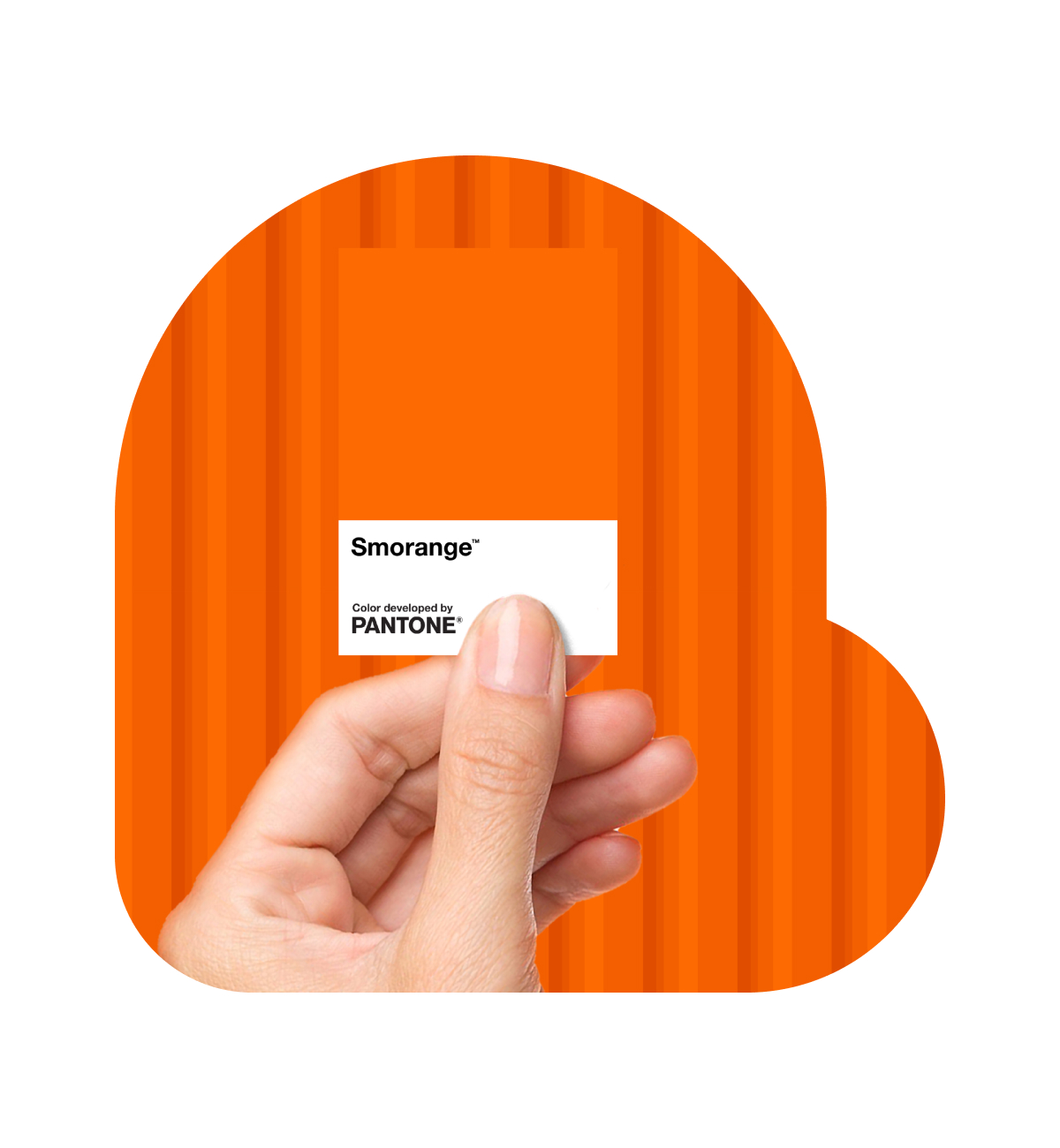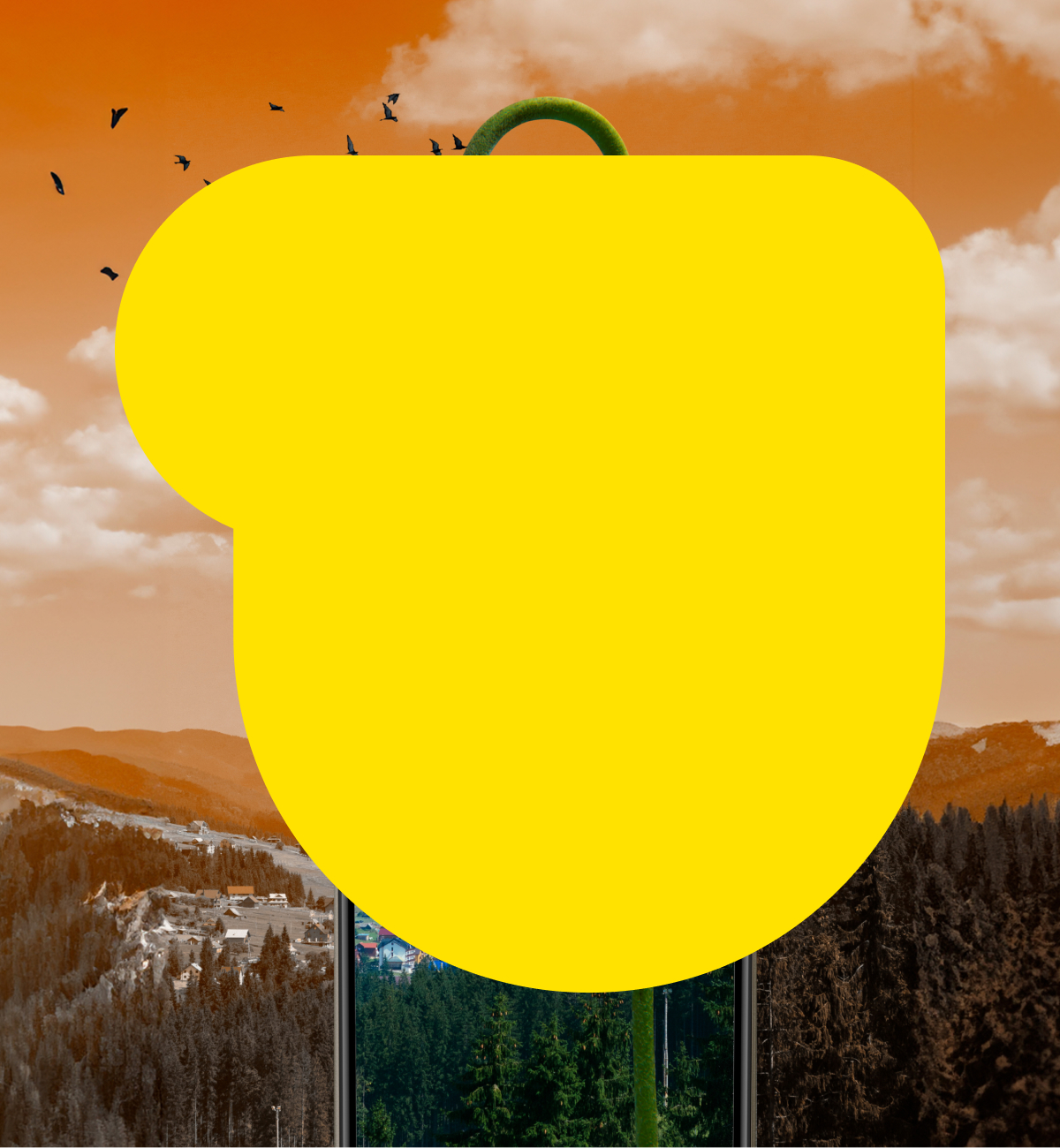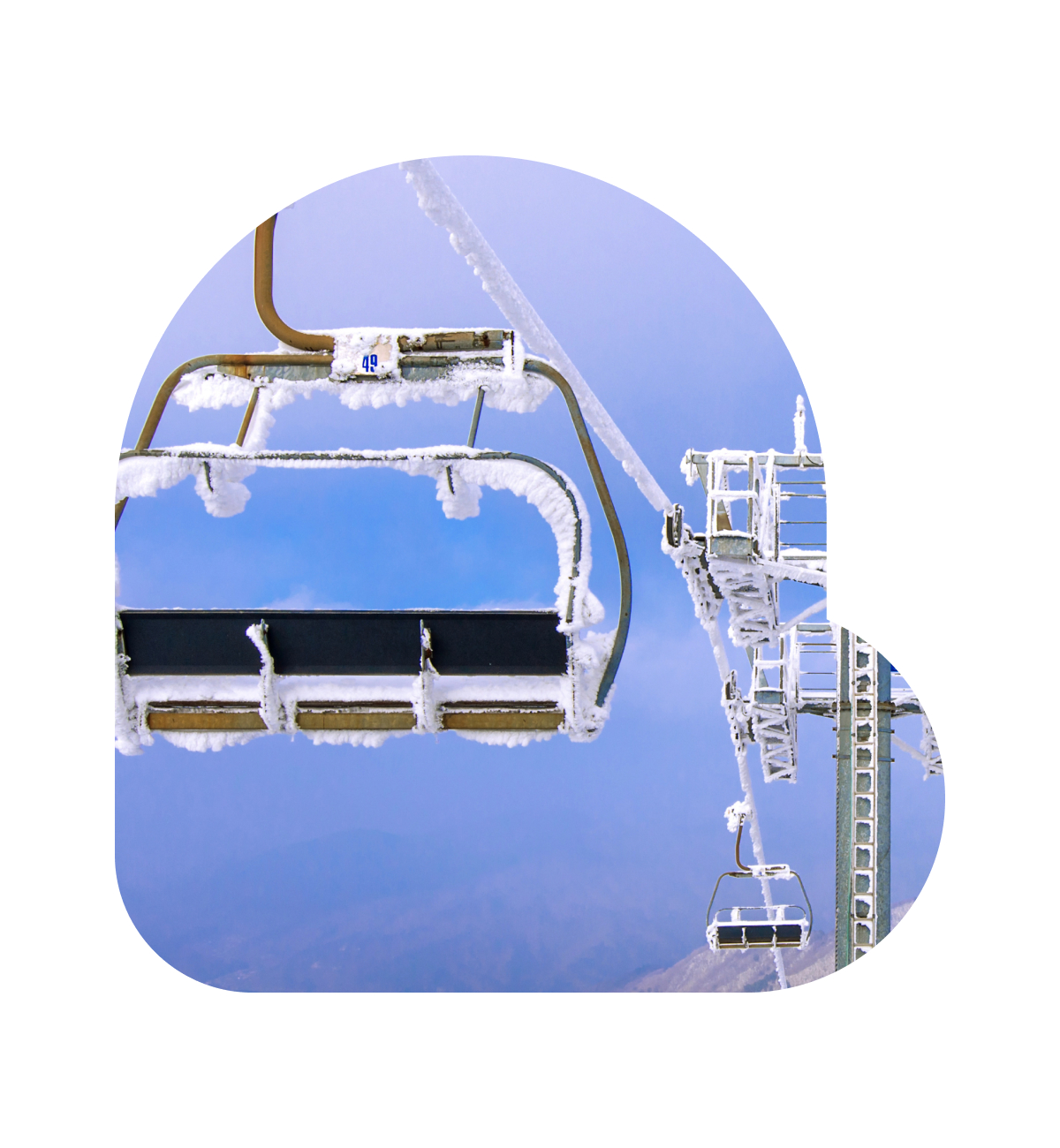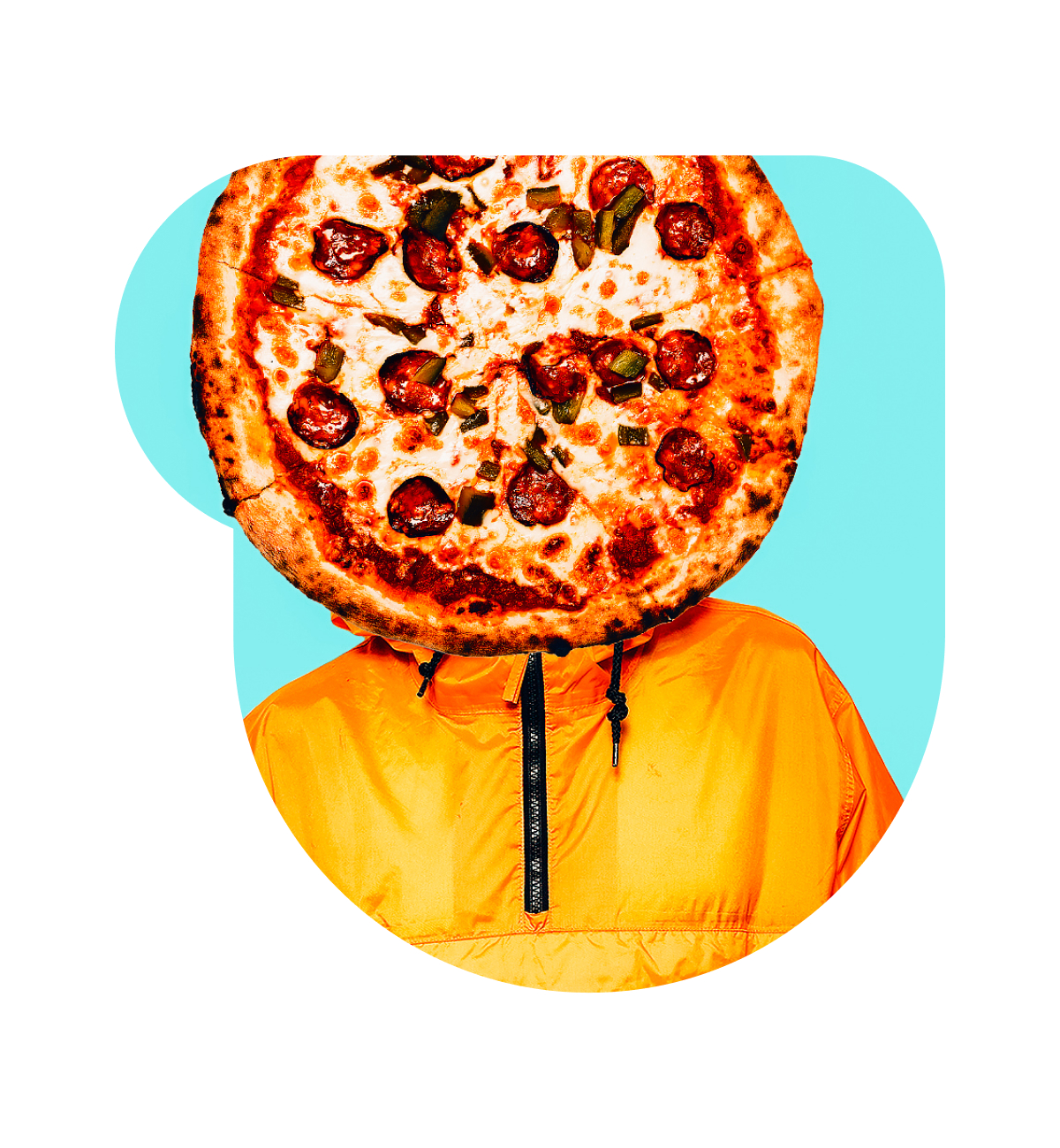Sustainability. Personalization. Authenticity. These are just a few market drivers for restaurants in 2024. As experiences and expectations continue to evolve, BBQ joints need to stay ahead of the curve and explore trends redefining the restaurant space.
1. Fire up new tech 
Technology has infiltrated our daily lives. By now, almost everyone, from guests to restaurants, is plugged in. And tech-savvy guests are driving the expectation of automation. Whether it’s tap-to-pay service, online reservations, table-side tech, or custom promotions that get guests engaged with the brand, it’s important to add convenience to the menu. And reach audiences where they’re at.
2. Get personal(ization)
Guests want to make their dining experience, theirs. From customizable menus to memorable interactions, guests want their individual preferences and needs to be seen. This can manifest in a few different ways:
• Mix-and-match menus: Let guests choose their journey. Include permanent or LTO items that allow guests to mix and match sides, proteins, and ingredients in dishes like bowls.
• Save preferences: From birthdays to anniversaries, seating preferences, dietary restrictions and order history, BBQ restaurants can remember and recognize these to make guests feel more comfortable, valued and appreciated.
• Recommendations: Based on previous orders, restaurants can make educated recommendations on online platforms for guests, suggesting new plates to try and add-ons that would level up their choices.
3. Clean up your practices
Today, consumers are largely considering a restaurant’s sustainability practices when deciding where to spend their dollars. Restaurants will need to embrace new processes to minimize their impact and align with consumers’ demand for more green practices. For example, prioritizing locally sourced foods, practicing portion control to reduce waste, establishing effective recycling programs, and switching to energy-efficient appliances and biodegradable or even reusable packaging.
4. Innovate the smooth sippin’ experience
It’s no secret cocktail menus can plus up the dining experience. But guests’ tastes are constantly changing. With new preferences on the rise, restaurants might need to freshen up their drink menus. Here are a few noteworthy trends and innovations that go beyond that traditional beverage:
• CBD-infused cocktails
• Eco-friendly liquors
• Mocktails
• Experiential enhancements like smoke, edible garnishes, and aromas.
5. Support the community
Guests want to know that their favorite restaurants are giving back. It’s an important aspect of building a strong loyalty with them. Engage the community by hosting charity events for local causes, hosting workshops, cooking classes, or food-related events that provide educational opportunities, and partnering with local businesses through promos, events, and initiatives.
6. Keep it real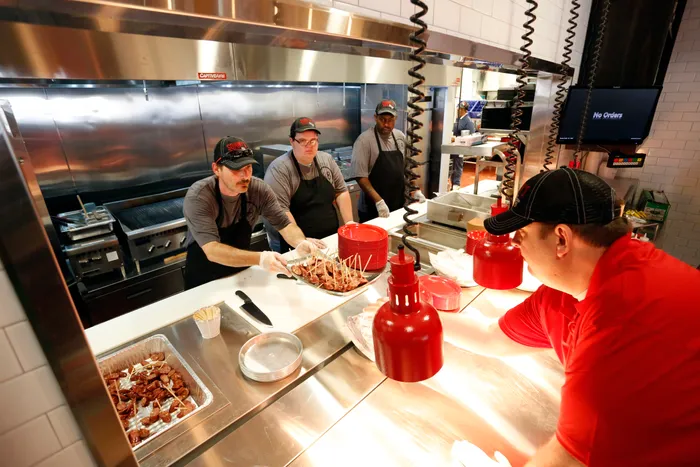
Stay true to your brand. Make sure your messaging aligns with your menu, values, mission, and actions taken. This will help your BBQ restaurant build trust and loyalty with guests. All it takes is consistent messaging, transparency and honesty about practices and shortcomings, and compelling brand storytelling.
Whatever marketing trend you decide to jump on, be sure it aligns with your BBQ restaurant brand’s mission, vision, and values. You can see how we took a locally loved BBQ restaurant to the next level with a re-brand and new marketing strategies here. And if you need help deciding what makes sense for your brand or don’t know where to start, you can always reach out.
